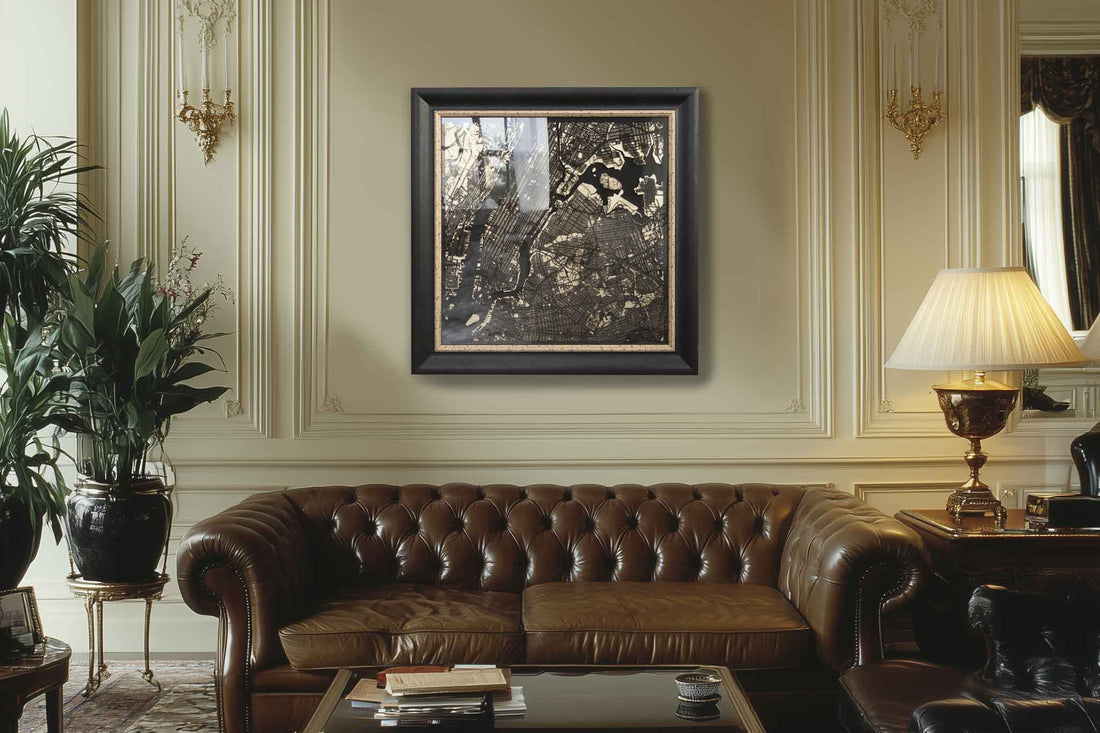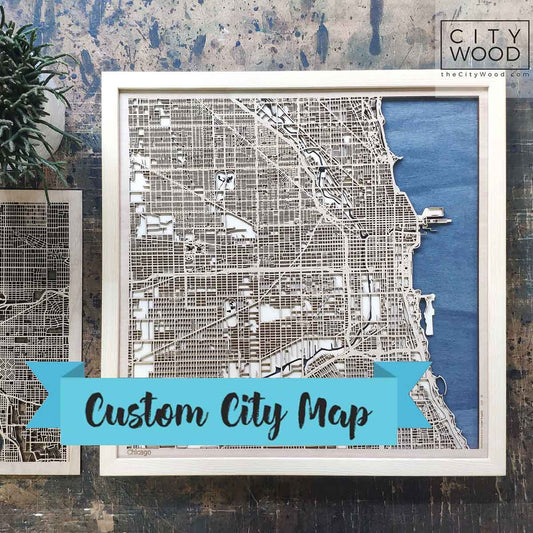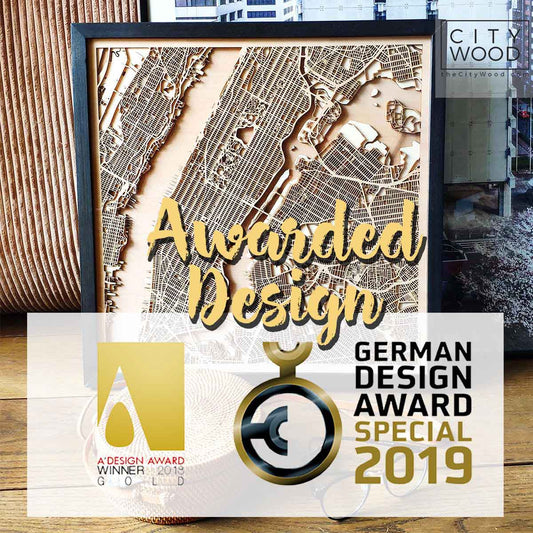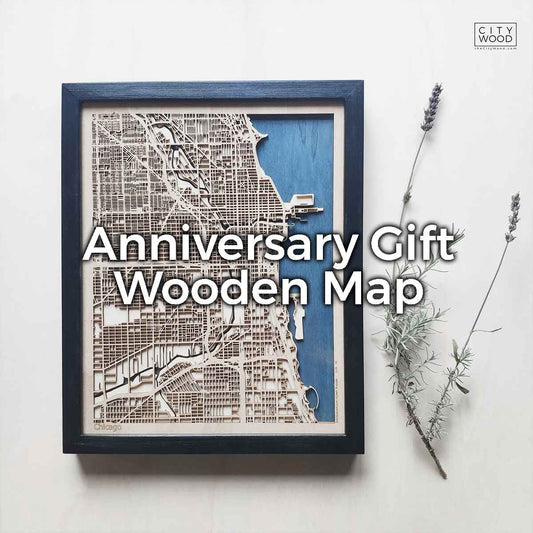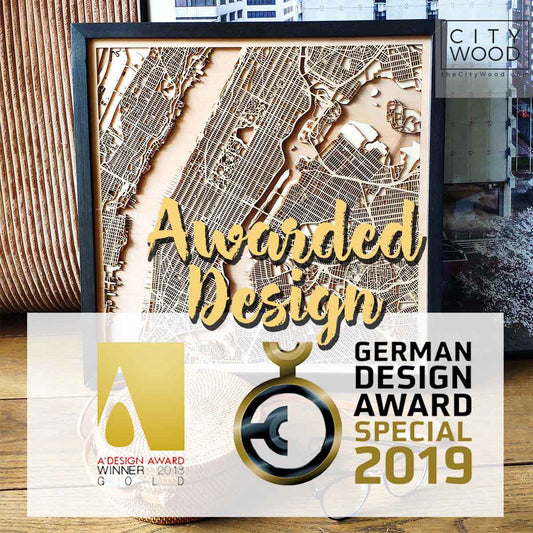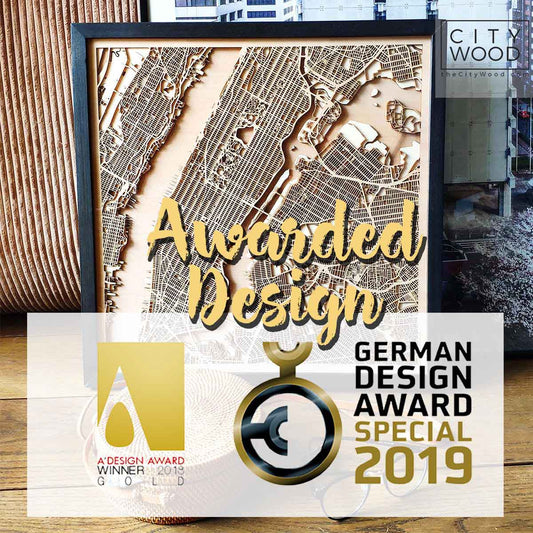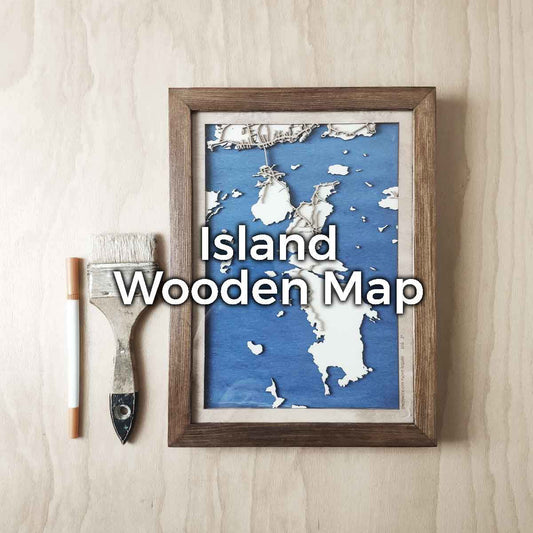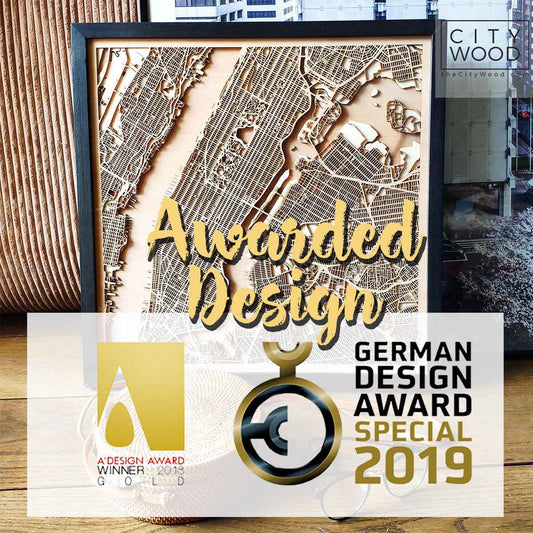The Old Money Interior Design Style is the epitome of timeless elegance and understated luxury. Rooted in tradition, this aesthetic draws inspiration from generations of wealth and refinement. It’s not about flaunting riches; it’s about cultivating an environment of sophistication, history, and quality. Spaces designed in this style feel curated over decades, with every detail exuding taste and meaning. But what exactly is this design style, and why has it gained such allure?
Why Is It Called the Old Money Aesthetic?
The term “old money” refers to wealth that has been passed down through generations rather than newly acquired. This distinction is central to the aesthetic, which embodies the values and tastes of families with long-standing traditions. Unlike styles associated with modern or newly affluent spaces, the old money aesthetic is subtle and unassuming. It doesn’t scream luxury; it whispers it.
This style thrives on restraint and thoughtfulness. It values quality over quantity, timelessness over trends, and personal meaning over ostentation. Imagine a family library filled with leather-bound books, portraits of ancestors hanging on the walls, and a custom wooden map of an ancestral estate—a room where every object has a story to tell. That’s the essence of old money design.
What Does Old Money Style Look Like?
Old money interiors are characterized by balance, refinement, and an inherent sense of history. The spaces are elegant but never ostentatious, filled with high-quality materials and classic designs. Here are some hallmark elements:
- Heritage Furniture: Furniture pieces are heirloom-quality, often made of dark woods like mahogany or walnut. These include antique chairs, ornate dining tables, and sideboards that exude a sense of permanence and tradition.
- Architectural Details: Crown molding, coffered ceilings, and wainscoting are common, creating a structured and sophisticated foundation for the space. Fireplaces are often the centerpiece of a room, adorned with marble or stone and flanked by built-in bookcases.
- Layered Textures: Rich fabrics like velvet, silk, and cashmere are paired with natural materials such as polished wood or leather. These layers add warmth and depth, creating a cozy yet refined atmosphere.
- Personalized Accessories: Thoughtfully curated decor is essential. Items like antique mirrors, original oil paintings, and custom wooden maps highlight a love for tradition and a sense of individuality. A wooden map, for example, might depict a cherished family estate or meaningful region, blending personal significance with craftsmanship.
This aesthetic also emphasizes balance. Symmetry is often a guiding principle, with furniture and decor arranged in harmonious layouts. Everything has its place, and the overall effect is one of calm and order.
What are the colors for the old money aesthetic?
The color palette of old money interiors is intentionally subdued, creating a sense of timelessness and tranquility. These colors evoke sophistication and are easy on the eyes, ensuring they won’t feel dated as trends evolve. Common hues include:
- Neutral Foundations: Ivory, cream, taupe, and soft gray form the base of most old money interiors.
- Rich Earth Tones: Deep green, navy blue, chocolate brown, and burgundy add depth and a touch of formality to the space.
- Metallic Accents: Antique gold, bronze, and brass are used sparingly in hardware, lighting fixtures, and mirror frames to elevate the aesthetic.
These colors are often complemented by textures and materials that add richness to the design, such as a Persian rug in burgundy and navy tones or velvet drapes in a deep emerald green.
How to Get the Old Money Look
Bringing the old money aesthetic into your home doesn’t require an inherited fortune. It’s more about mindset, intentionality, and attention to detail. Here’s how to achieve it:
-
Invest in Quality Materials: Choose furniture and decor made from durable, high-quality materials like solid wood, marble, and leather. These items age gracefully and maintain their value over time.
-
Incorporate Antiques: Seek out vintage or antique pieces to add character and history to your space. This could be an ornate mirror, a worn leather armchair, or a set of silver candlesticks.
-
Layer Textures: Combine luxurious fabrics—like a cashmere throw, velvet pillows, or silk drapery—with natural materials such as stone or wood to create depth and warmth.
-
Add Personal Touches: A defining feature of old money interiors is their sense of individuality. Display items that tell a story, such as vintage family photos, meaningful artwork, or a custom-made wooden map showcasing a significant location.
-
Stick to a Refined Palette: Use classic colors that evoke tradition and calm, avoiding anything too bold or trendy.
-
Curate Thoughtfully: Avoid clutter and focus on intentional design. Every item should have a purpose, whether functional, aesthetic, or sentimental.
-
Frame with Elegance: A well-framed wooden map or piece of artwork can become a focal point. Choose frames in dark wood or antique gold to complement the overall theme.
By focusing on these elements, you can create a home that feels both luxurious and deeply personal.
What Is an Example of Old Money Design?
Imagine a stately manor or a historic townhouse, where every room tells a story of heritage and taste. In the library, dark wooden shelves house a curated collection of books, while a leather armchair sits next to a marble fireplace. Above the mantle, a custom wooden map of the region’s old estates adds a personal, artistic touch. In the dining room, a long mahogany table is set beneath a crystal chandelier, with Persian rugs anchoring the space.
This example illustrates the hallmarks of old money design: balance, tradition, and an appreciation for craftsmanship and history.
What is the old money theme?
The old money aesthetic isn’t just about design—it’s a philosophy. It values tradition, quality, and storytelling through space. It’s not about chasing trends or showing off; it’s about creating a home that feels rooted in history and prepared for the future. Whether it’s through antique furniture, curated art, or personal touches like a bespoke wooden map, the old money theme creates a timeless environment that feels lived-in and loved.
By focusing on elegance, restraint, and individuality, anyone can bring a touch of the old money aesthetic into their home. It’s not about wealth—it’s about the richness of taste, history, and a space that tells your story.

